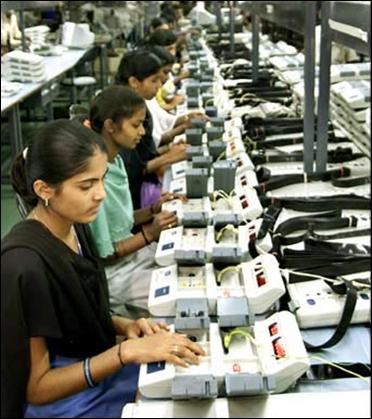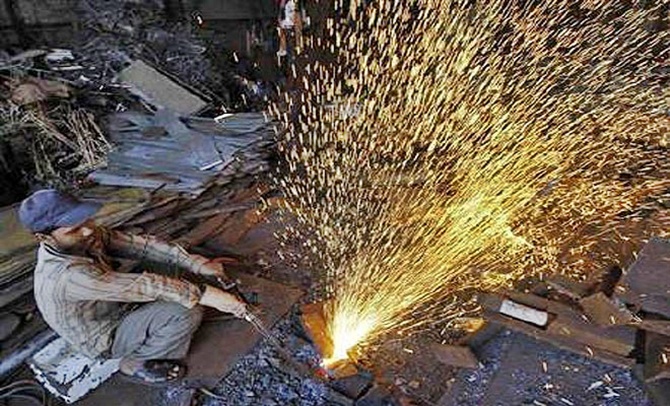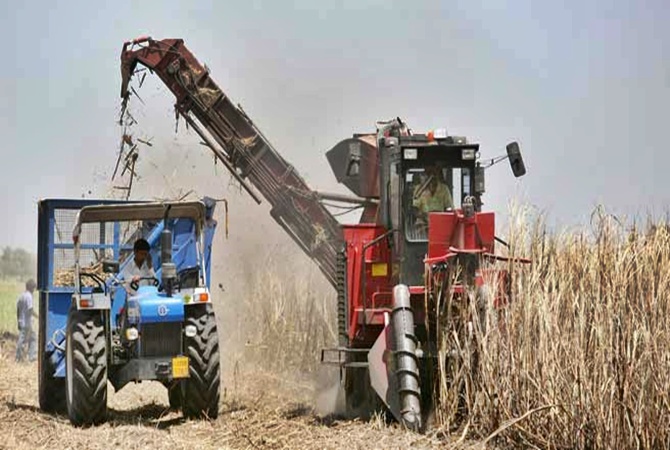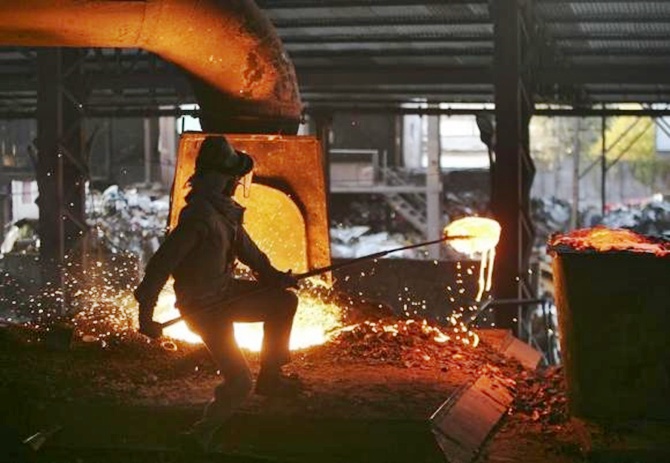 | « Back to article | Print this article |
What's wrong with India's economic census?
The economic census excludes all farming and plantation work, as well as workers in administration and defence services.
Which states do you think recorded the fastest growth in non-agricultural and non-governmental employment, after 2005?
If you think you have the answers, think again. Three of the best-performing states were Assam, Uttar Pradesh (UP) and Himachal Pradesh, with employment numbers showing an astonishing 69 per cent to 79 per cent growth, over about eight years.
Welcome to the puzzle that is the Indian economy - or perhaps to the puzzle of India's economic census.
These quixotic numbers have been produced by the latest (sixth) such census.
Please click NEXT to read more…
What's wrong with India's economic census?
It records all economic "establishments" (including one-person outfits working from home, or even with no fixed place of work) that produce some part of their output for the market.
However, it excludes all farming and plantation work, as well as workers in administration and defence services.
Also excluded are domestic help, drivers and the like. For the record, the number of establishments is an impressive 58.5 million, and they employ 127.7 million (which is about 30 per cent of the country's total workforce of over 400 million, half of whom are in agriculture, also excluded).
Please click NEXT to read more…
What's wrong with India's economic census?
Treat the numbers with caution. The employment figure for the 2005 census was earlier reported at 100.9 million, the figure that still shows up on the statistics ministry's website.
However, it seems to have been revised downward to about 95 million; a similar variation in the population census would see the population shrinking by 70 million!
Naturally, this raises questions about the reliability of what is supposed to be a census, not a sample survey.
With the help of this lowering of the base, the latest numbers have been interpreted to say that record employment growth in recent years matched record economic growth.
Please click NEXT to read more…
What's wrong with India's economic census?
If the earlier numbers for 2005 were used as the base, they would not support such a conclusion, though the employment growth rate would still be handsome.
Even without changes in base numbers (and also in definitions), the growth in numbers can lead to the wrong conclusions if not read carefully.
For instance, the number of such establishments may have grown because people could not find work on the farm or elsewhere, and set themselves up in tiny establishments, like a cycle-repair shop or a street-side vend.
That this may be the case becomes evident from the average employment per establishment. This has dropped consistently, from 2.93 in the second economic census (1980) to 2.18 now.
Please click NEXT to read more…
What's wrong with India's economic census?
Bear in mind that successful enterprises usually add workers; the opposite trend suggests something else.
The fifth (2005) economic census tells us, for instance, that nearly two-thirds of all establishments did not have any hired workers, and three-quarters did not use electricity. Wage employment in all census establishments has grown very slowly since then - less than 10 per cent in eight years.
The overwhelming majority of establishments (95 per cent) in 2005 had fewer than five workers, and only 1.4 per cent of the total had 10 or more workers.
Perhaps the increasing number of establishments represents not economic dynamism but the growth of refugees from an unhappy job market - people who look to survive by setting themselves up in mostly one-person, sub-optimal "enterprises".
Please click NEXT to read more…
What's wrong with India's economic census?
That might explain the rapid growth of "employment" in such enterprises in states like Assam and UP.
The indicators we should be looking for, and tracking closely, have to do with successful enterprises - those that hire more workers and grow.
In other words, the focus should be on the 1.4 per cent.
That translates into more than 800,000 establishments, each of which employs at least 10 people. These are the enterprises that have relatively greater potential for growing into entities of some size, and for driving overall economic activity.
The question to ask is, how much of a voice do they have in the system, and who listens to them?






